A couple weeks ago while traveling I saw a billboard with the words “Got Mayo?” It was accompanied by a photo of potato salad and the address and phone number of a local hospital. Obviously they were hinting (if a billboard that size can hint) that if you have food poisoning while in this area you should go to that hospital.
Apparently the advertising person from this health establishment did not talk with someone who knows anything about food borne illness before they put up this sign. They were perpetuating the “old wives tale” that says mayo is the bad guy when it comes to food borne illnesses.
I’d like to set the record straight about a common food safety belief about foods like macaroni salad, tuna salad and deviled eggs. These are all foods made with mayonnaise or salad dressings. Folks seem to worry a lot about them. Yes, they can be potentially risky and care should be taken to keep them at the proper temperatures—but don’t blame the mayonnaise.
I’m not sure how this belief got started; perhaps it was a holdover from when people made their own “real mayonnaise” with raw egg, lemon juice and oil. That product would be exceptionally risky when left unrefrigerated.
But, let’s be honest. When was the last time you made your own mayo for a cookout?
Commercially-made mayonnaise and salad dressings do not have some of the same food safety concerns as their homemade counterparts. All commercial dressings are cooked, eliminating the raw egg problem. Most also have a high acid content—usually vinegar. Acids tend to inhibit the growth of pathogens that cause a foodborne illness or food poisoning.
OK. So you may think to yourself, if mayo isn’t the problem can I just throw “caution to the wind” and not worry about these foods any more? No. Usually the foods that we mix with mayo and salad dressings are highly susceptible to bacterial growth themselves. Think about it…eggs, cooked and chopped vegetables, cooked meats and seafood…these are all on the list of “potentially hazardous” foods…whether mixed with mayo or not.
The general rule-of-thumb is that food (mayo added or not) should not be left at room temperature for more than two hours and this goes down to one hour when it’s one of those really hot over 90 degree summer days.
While I was ranting and raving about the stupidity of a hospital putting up this sign, my husband calmly said, “well it did what it was supposed to do”. It might not technically be correct, but it did get my attention.
Cheryle Jones Syracuse, MS
Professor Emeritus, The Ohio State University
For great salad recipes, see our Salad Secrets Book:





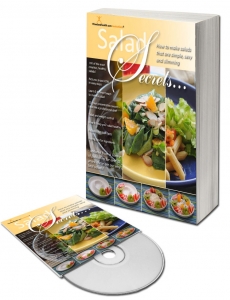
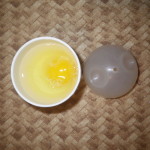
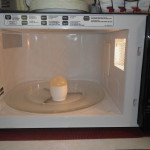
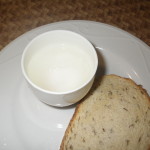
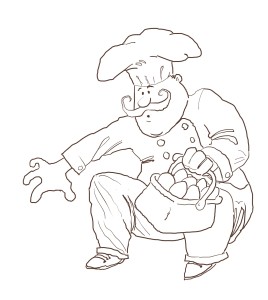 One of the most important steps in cooking is planning ahead. That goes the same for your Easter eggs. This is a simple suggestion: buy your eggs this week.
One of the most important steps in cooking is planning ahead. That goes the same for your Easter eggs. This is a simple suggestion: buy your eggs this week.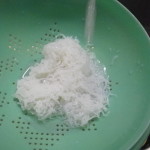
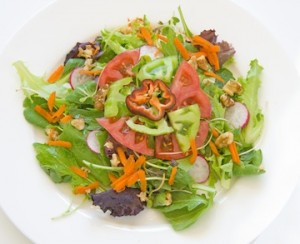 Bagged lettuce certainly makes eating salads and other fresh vegetables more convenient. But many there is still that nagging question: “Should it be washed before eating?”
Bagged lettuce certainly makes eating salads and other fresh vegetables more convenient. But many there is still that nagging question: “Should it be washed before eating?”